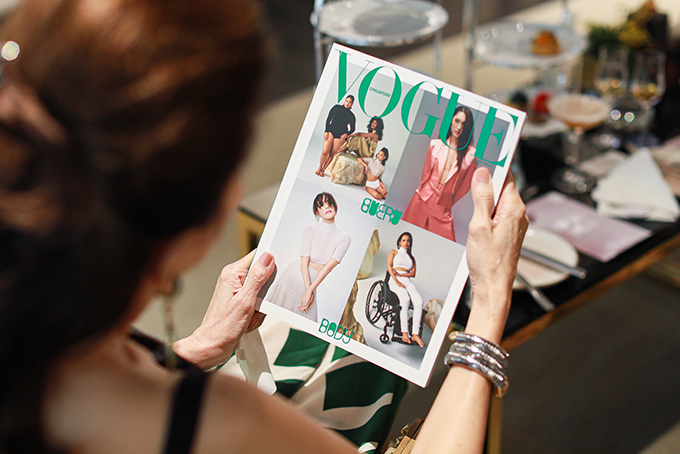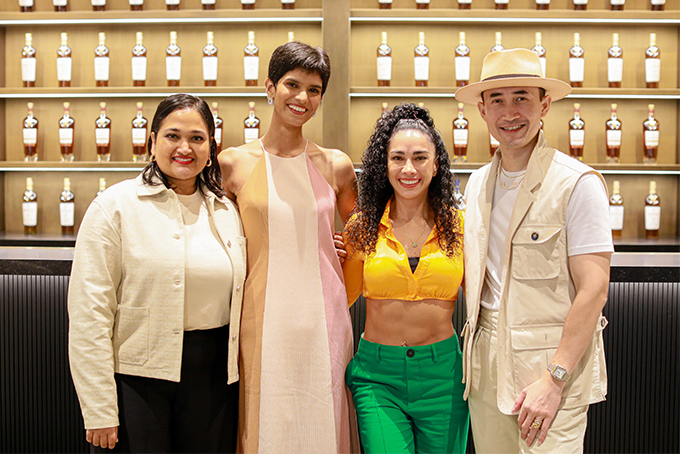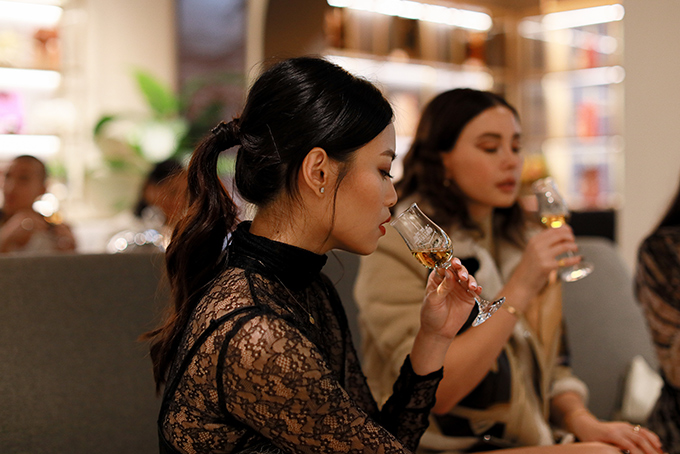Every year, as March rolls around, the same question arises. Do we really need a special month—or better yet, one day out of the month—to celebrate women? After all, aren’t we doing the hard work of fighting gender inequality all year round? From the activists who work on the frontlines and the women breaking glass ceilings and stereotypes, to the men reshaping the boundaries of masculinity, there are many amongst us who deserve to be celebrated all year round. Why then, do we set aside a special month to recognise the women in our lives?
The truth is that we often forget to do so amidst the humdrum of our daily lives. Activists seldom stop their tireless work to pat themselves on the back, and neither do mothers pulling a double shift by managing both their work and households. If anything, International Women’s Day serves as an opportunity for us to stop and truly take stock of the beauty of womanhood, the wonderful women we are surrounded with, and the women—and men—fighting for the good cause of equality.

To that end, Vogue Singapore and The Macallan commemorated the occasion with a special edition of Vogue Salon held on 8th March, featuring two all-star panels of powerful personalities who fronted the covers of our March ‘Every Body’ issue. The topic of discussion? Diversity and representation in fashion, of course.
The first session was led by panelists Nandita Banna, model and Miss Universe Singapore 2021, Sara May Garcia, model and fitness coach and Maya Menon, Vogue Singapore’s own associate fashion features editor, while Menon was joined by models Lucas Jong and Alley for the second session. Held within the beautiful walls of The Macallan boutique at Raffles Arcade, the event treated attendees to an opulent high tea spread and whisky tasting—hosted by The Macallan ambassador Randall Tan—featuring three premium expressions of The Macallan’s premium scotch whisky.
Suffice to say, it was an afternoon to remember. Here, find all the highlights shared by the speakers.

Nandita Banna on tokenism and representation
At the age of 22, Nandita Banna is best known as the first Singaporean to reach the semi-finals of the Miss Universe pageant in 34 years, since 1987. Alongside her current reign as Miss Universe Singapore, Banna is pursuing a double degree at the Singapore Management University. In short, one could call her precocious.
Accordingly, Banna shared a nuanced view of representation within the fashion industry. “I would like to get to a place where representation is no longer tokenistic. Sometimes, you can see that a brand or a shoot is hiring a minority model just to keep their diversity ratio or to present themselves as inclusive. But true inclusivity happens when you can see beyond factors like race during casting, and pick the model who best fits the vibe and energy of the shoot.” She also opened up about some lessons on self-comparison that her pageant experience taught her. “The only person that you should compare yourself with is your past self. If you find yourself comparing yourself to other people and other women around you, asking yourself—what is it about them that I can learn from, and work towards?”

Maya Menon on feeling accepted in fashion
Known for her thoughtful and inclusive fashion writing, Vogue Singapore’s associate fashion features editor is no stranger to the importance of diversity in fashion. What she wants to bring attention to, however, is the value of diversity within actual editorial teams.
“I think journalism and fashion can be very excluding on all fronts. And when people think about representation, editorial teams are not often thought about. But think about it from the point of view of—I am writing these stories, right? So I need to be able to tell these stories about diversity and inclusivity, and it has to come from a place of believing that these people actually deserve to be heard.” She continued: “I received DMs on Instagram after the covers were released, with girls sharing that they were heartened to see themselves in me, on a Vogue cover. I’ve had to come to terms with the fact that I am representing brown women, plus-size women. There’s some imposter syndrome going on, but I’m lucky to have a rock solid family to support me.”

Sara May on seeing strong as sexy
Fitness coach Sara May moved to Singapore from Columbia less than a decade ago, and has since been channelling her lifelong passion for fitness into helping others achieve their own goals. As someone who grew up athletic, she has struggled in the past to see herself as beautiful.
“Growing up, especially, I was swimming all the time and the sun did some damage to my hair and skin. Like many societies, mine placed value on straight hair and lighter skin, both of which I didn’t have,” she shared, pointing to her full head of luscious curls. “But I’ve learnt to see strong as beautiful, and I teach my clients that strong is sexy. I tried out at the casting for the Vogue cover with no expectations. I didn’t believe I was going to get it—but when I did, it was a reminder that women who look like me are also seen as beautiful.”

Alley on walking the line between masculinity and femininity
Non-binary model Alley had their start in fashion when they took part in a model search competition, got to the finals, and showcased that they could model both men’s and women’s clothing—drawing instant eyeballs. “I’ve always looked to gender-fluid or trans models as sources of inspiration. I felt really different, and it was an interesting process navigating the binary world of fashion where I didn’t seem to quite fit into any one category.”
On their journey into the modelling world, Alley shared: “I wasn’t signed to an agency for a while—despite applying and casting for quite a few. The commercial value of my look as a non-binary model was always questioned, but the good news is that things seem to be changing now. Many brands, agencies and publications are changing their outlooks and overly prescriptive mindsets on beauty. And especially with an agency like Misc Management, we are getting a lot more jobs working with brands who see the value of diversity.”

Lucas Jong on the economics of inclusivity
Having grown up in Singapore, young model Lucas Jong is well aware of the gender boundaries most commercial shoots can have. While he best expresses himself through a melded mix of masculinity and femininity, on the panel, he spoke about having to operate within the traditional confines of a shoot’s demands.
“In Singapore, the norm for male models is to be very traditionally masculine. Especially with more commercial jobs—which pay more, but don’t quite let me express myself. Everything, from the mood board, the makeup and the styling, is always more rigid and angular. So if I want to make money as a model, there’s this constant dance between masking my true identity and putting on a more traditional front, or being able to portray what I’m comfortable with by wearing femininity on my skin.”
Discover The Macallan experience at Raffles Hotel, 328 North Bridge Rd, 01-07 Raffles Arcade, Singapore 188719





